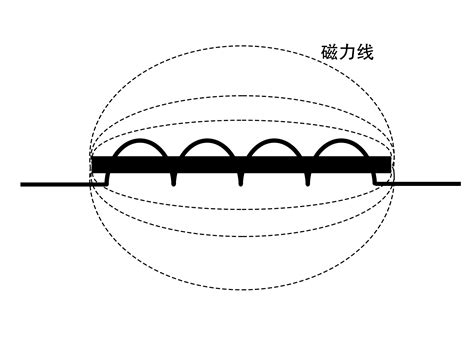Understanding Ethereum testing protocols with foundry: μ (number of consecutive matches) vs. ~ (relative position)
Since you are experiencing a remarkable number of “runs” in your finding protocols at the foundry, we dive into the importance of two important metrics: μ and ~.
μ (μ): Number of consecutive matches
μ represents the number of times the specific event or condition is launched within the specified time frame. In the context of testing the Ethereum intelligent contracts at the foundry, it often corresponds to the frequency of successful deployment or functional calls for a given period.
–
Example:

– The test case may have μ = 100, suggesting that the intelligent contract has successfully called a specific function at least 100 times within the specified time frame.
~ (relative position)
~ indicates the relative position of the event in testing protocols. In the development of Ethereum, it is used to describe how far it is in a particular test case or call function to its expected extent.
–
Example:
– The test could be started at the index 0 and completed in the 100 index for a specific feature of the intelligent contract. If the function was called approximately 93 times during this period, the value ~ would be 93.
interpretation μ a ~ in the logging log log log
To accurately interpret your logs, consider the following:
–
μ Values:
– High values (eg 100) may indicate that an intelligent contractual function is constantly called within the expected time frame.
– Low values (eg 10) could indicate that a particular function call is not as often as expected.
–
~ values:
– The values of the positive ~ (eg 93) indicate that the test case or the call call is moving towards its expected extent.
– Negative ~ values (eg -10) may indicate that the event deviates from the expected extent, potentially due to problems with the testing logic.
Proven procedures to find values μ and ~
To ensure an accurate interpretation of Ethereum testing protocols at the foundry:
- Understand your test case:
Check the test specific feature of smart contracts.
- Get to know μ and ~: Explore how these metrics are calculated in different Ethereum development frameworks, including those such as the foundry.
3
Monitor the logs thoroughly: Beware of the logs to get any deviations from the expected values.
By understanding μ (number of consecutive matches) and ~ (relative location) you will be better equipped to diagnose problems with testing smart contracts in the foundry or optimizing your test strategies to achieve more accurate results.